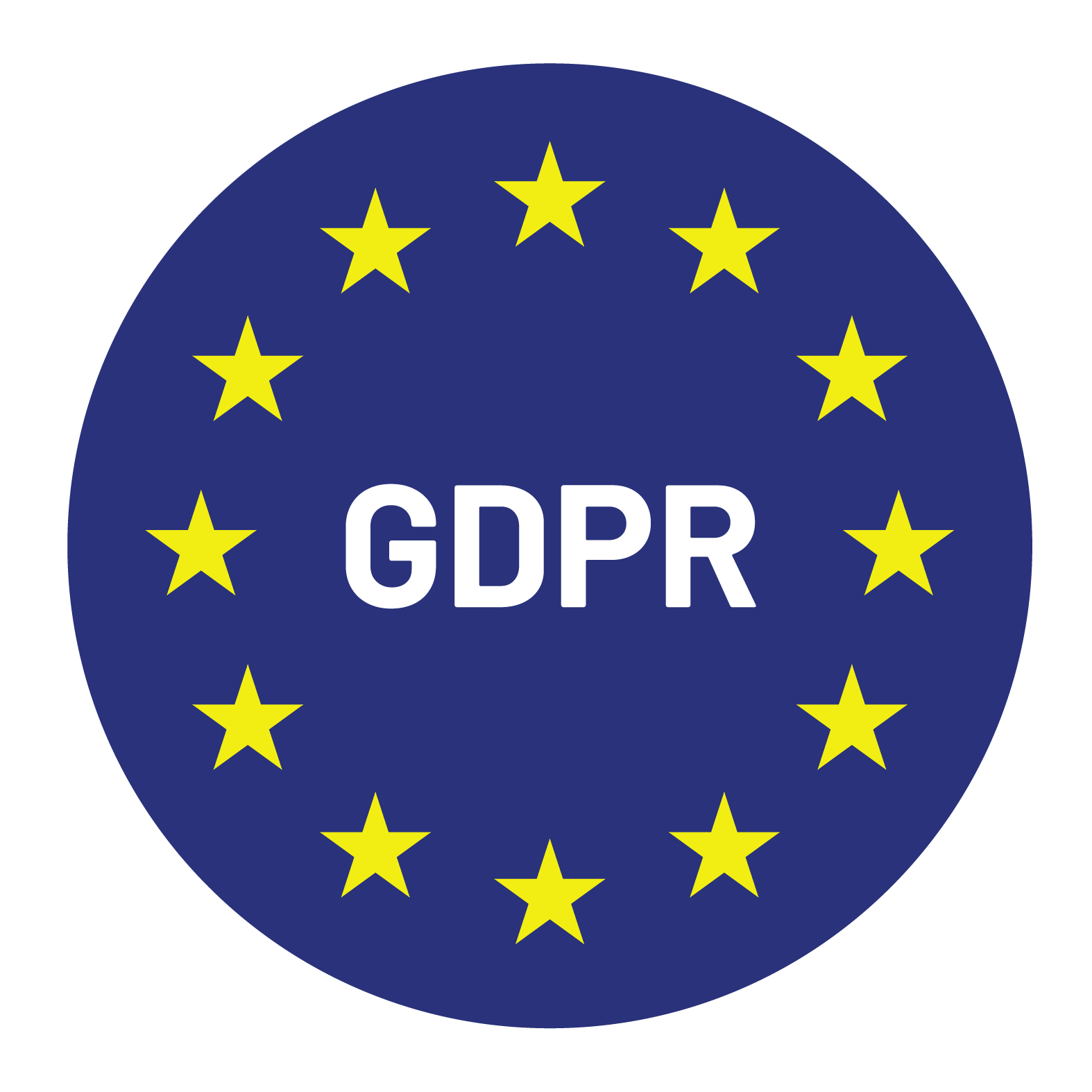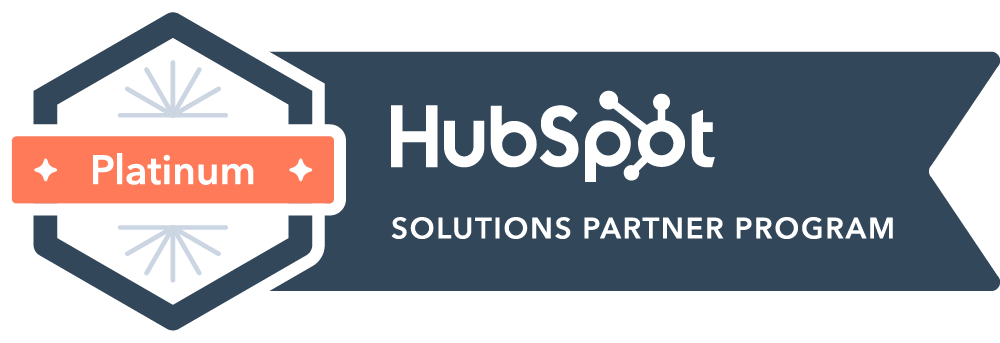

Content Writer for Whistle with multidisciplinary experience spanning over a decade.
Hiring exceptional SDRs requires more precision than most sales leaders realize. The difference between an average hire and a top performer often comes down to asking the right questions during the interview process.
SDRs have the potential to make rather than break your B2B sales team. These professionals generate new business opportunities through prospecting, outreach, and lead qualification, while overcoming rejection and setbacks. Most SDR interviews fail because they don’t focus enough on core competencies.
We’ve identified 10 strategic questions that reveal genuine SDR talent beyond polished interview-ready personas. These questions reveal resilience, growth potential, and the systematic thinking that separates consistent performers from those who struggle to hit quotas.
This open-ended question reveals more than research skills; it exposes how candidates think about the success of sales development. When candidates describe the SDR role freely, you see their authentic perspective on what matters most in the position.
Why this question matters: This question cuts through rehearsed responses to reveal genuine understanding. It shows whether they’ve researched your company specifically or simply memorized generic SDR definitions.
What a strong answer looks like: Exceptional candidates connect SDR responsibilities to business outcomes. Their responses typically include a clear understanding of the SDR as the first point of contact, recognition of dual focus on generating opportunities while qualifying leads, and awareness that SDRs build trust through research and personalization.
Red flags to watch for: Vague role descriptions, pure metrics focus without relationship-building awareness, discomfort with outreach activities, and siloed thinking that ignores broader sales process integration.
Objection handling separates SDRs who hit quota from those who don’t. This question cuts straight to the heart of what makes or breaks success in sales development: the ability to turn rejection into opportunity.
Why this question matters: SDRs face rejection constantly. This question reveals strategic thinking under pressure, listening skills, emotional resilience, and a problem-solving approach.
What a strong answer looks like: Exceptional candidates walk you through their thought process, describing the specific situation, their strategic response that addressed underlying concerns, and measurable results. Top candidates emphasize curiosity over persistence.
Red flags to watch for: Generic scenarios lacking specific details, aggressive persistence focused on wearing down prospects, inability to articulate the prospect’s perspective, and formulaic responses that don’t adapt to specific objections.
Research quality determines whether your first message gets ignored or gets a response. This question reveals how candidates approach the foundation of effective prospecting.
Why this question matters: Preparation separates successful SDRs from those who spray and pray. This exposes research methodology, tool proficiency, connection ability, and efficiency balance.
What a strong answer looks like: Top performers describe multi-source research approaches, including LinkedIn profile analysis, company website reviews, industry research, and competitive analysis. They demonstrate smart tool usage with LinkedIn Sales Navigator, ZoomInfo, Apollo.io, and practical personalization strategies.
Red flags to watch for: Surface-level research limited to basic profiles, template dependency, missing business context, tool unfamiliarity, and no clear systematic process.
Being organized determines whether an SDR consistently hits targets or struggles with inconsistent performance. This question reveals how candidates structure their workflow and manage opportunities.
Why this question matters: SDR success depends on systematic pipeline management. Disorganized SDRs create compound problems, including missed follow-ups, inconsistent messaging, and poor handoffs to account executives.
What a strong answer looks like: Top candidates outline daily workflow structures, CRM mastery beyond basic data entry, prioritization systems based on prospect fit and engagement, and performance tracking with specific metrics they monitor daily.
Red flags to watch for: Vague systems without specific processes, reactive approaches, over-complicated, unsustainable processes, and no mention of CRM discipline.
Smart lead prioritization separates efficient SDRs from those who waste time on unqualified prospects. This question reveals whether candidates can identify high-potential opportunities quickly.
Why this question matters: SDRs juggle multiple responsibilities daily. Their ability to focus on the right leads determines productivity more than any other factor.
What a strong answer looks like: Top candidates articulate clear prioritization frameworks based on ideal customer profile fit, budget availability, decision-making authority, pain points alignment, engagement level, and timeline urgency.
Red flags to watch for: Vague criteria without specific evaluation factors, a quantity over quality focus, an inability to handle competing priorities, gut feeling reliance rather than data-driven decisions, and no CRM mention for tracking.
Product knowledge reveals genuine interest in your company and preparation approach. This question separates those who’ve invested time understanding your business from mass applicants.
Why this question matters: SDRs serve as the first voice prospects hear from your company. They must articulate value propositions clearly and connect product capabilities to business problems.
What a strong answer looks like: Strong candidates demonstrate a clear understanding of your core value proposition, awareness of the target market and customer challenges, knowledge of competitive advantages, and insights into industry problems your solution addresses.
Red flags to watch for: Superficial research limited to homepage content, inaccurate information about products or market position, feature-focused responses without customer problem connections, and no follow-up questions revealing a lack of curiosity.
Sales development moves fast. This question separates candidates who actively invest in professional growth from those who coast on existing knowledge.
Why this question matters: The best SDRs evolve continuously. Understanding market trends helps them connect with prospects more effectively and builds credibility during conversations.
What a strong answer looks like: Top candidates demonstrate diverse information sources, recent learning examples with concrete insights, skill development initiatives, and competitive intelligence monitoring. They connect learning to practical application.
Red flags to watch for: Generic responses without specific resources, outdated references to obsolete tools, resistance to new technologies, and no recent learning examples.
Cross-departmental collaboration makes or breaks pipeline conversion. This question reveals whether candidates understand their role as connectors rather than just lead generators.
Why this question matters: Organizations with well-executed handoff processes maintain an approximately 80% acceptance rate of qualified opportunities by account executives. Poor handoffs create friction and wasted opportunities.
What a strong answer looks like: Top candidates describe clear documentation that tells prospect stories, proactive communication with receiving teams, feedback loops for system improvement, and prospect experience considerations.
Red flags to watch for: Minimal context sharing, “my job ends here” mentality, no follow-up mechanisms, and generic documentation without personalized insights.
Learning means nothing without implementation. This question separates candidates who actively improve their approach from those who simply collect information.
Why this question matters: SDRs who can identify useful innovations and implement them effectively gain significant advantages. This reveals initiative, analytical thinking, and measurement capabilities.
What a strong answer looks like: Top candidates provide concrete examples with measurable outcomes, describing specific challenges faced, solutions discovered, implementation processes, and results achieved.
Red flags to watch for: Vague examples without specifics, resistance to new technology, outdated examples, and implementation without effectiveness analysis.
Self-awareness separates exceptional SDR candidates from those who simply perform well under pressure. This question reveals genuine emotional intelligence, crucial for long-term sales development success.
Why this question matters: Sales development demands constant self-evaluation and adaptation. This reveals emotional intelligence necessary for continuous improvement and perspective-taking abilities.
What a strong answer looks like: Strong candidates provide specific, thoughtful responses demonstrating genuine self-analysis, concrete improvements they would make, better preparation they wish they had done, and strategic thinking about conversations.
Red flags to watch for: Claims of perfect performance, focus on superficial elements, defensive responses deflecting responsibility, and generic answers without engagement evidence.
Strategic hiring determines whether your sales development team consistently hits targets or struggles with mediocre results. These ten questions reveal critical competencies that separate exceptional SDRs from seat-fillers: research discipline, objection handling skills, pipeline organization, and cross-functional collaboration abilities.
The SDRs who consistently exceed quotas share common traits: they prepare thoroughly, handle rejection constructively, prioritize leads strategically, and communicate value effectively. Use these questions to build a sales development team that elevates your entire sales organization.
If you’re putting in the effort to hire well, we can help you do it faster. Whistle connects you with SDRs who meet the standards you’ve set.


© Copyright – Whistle 2023